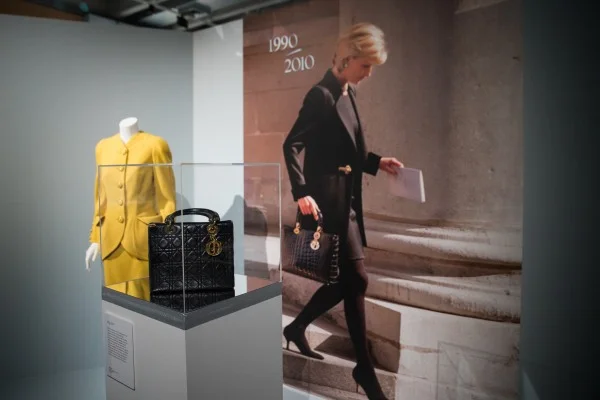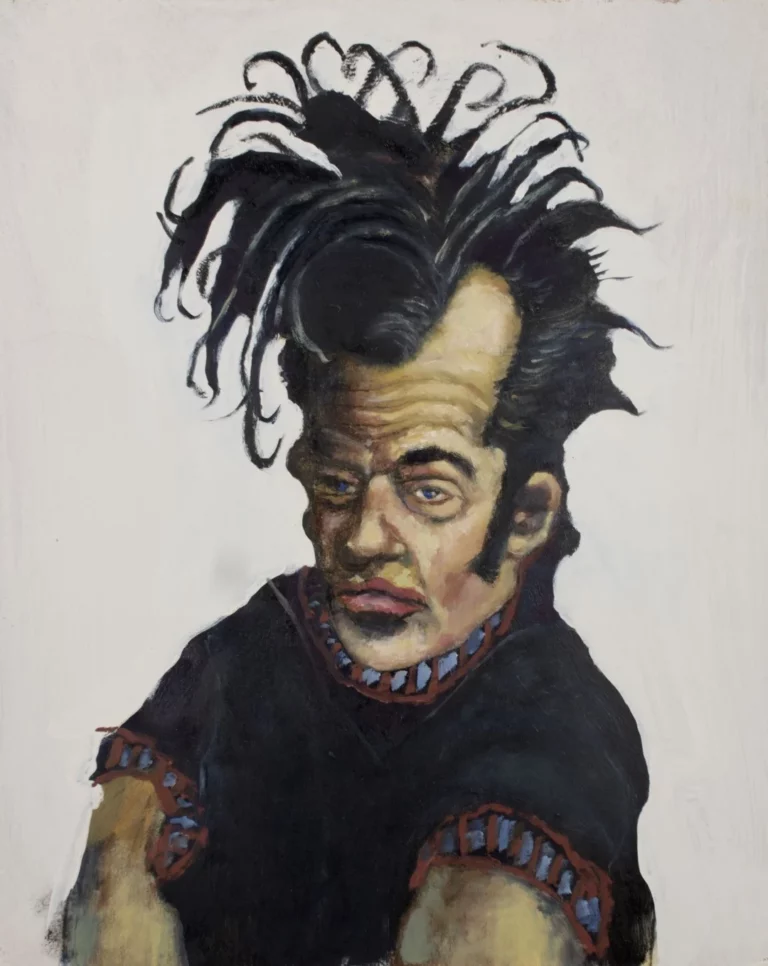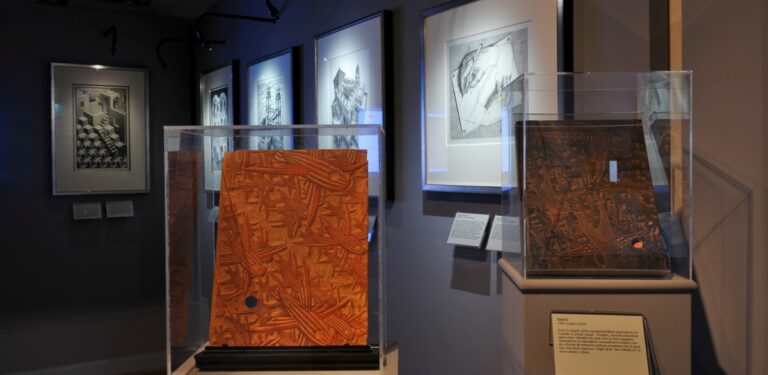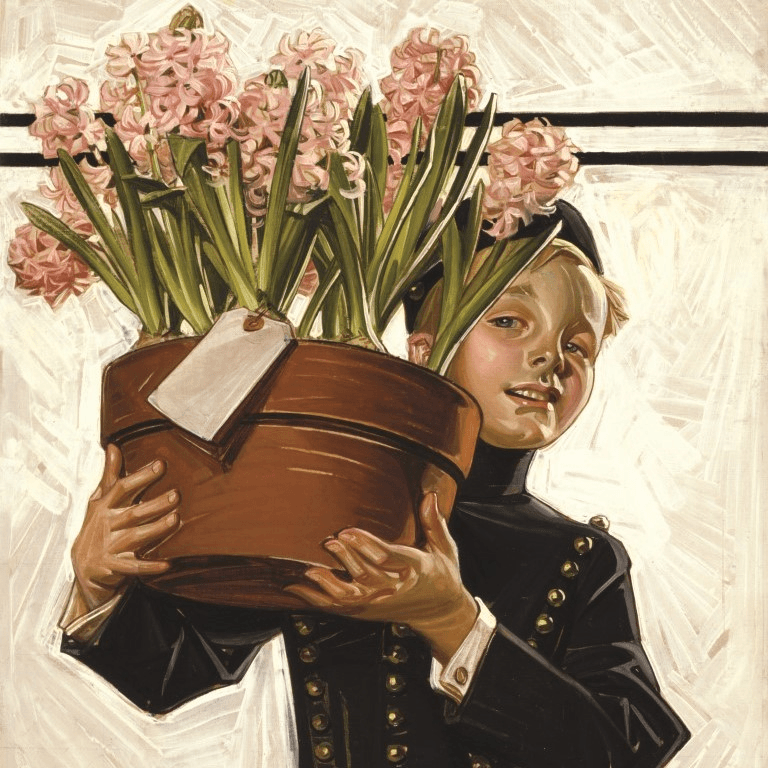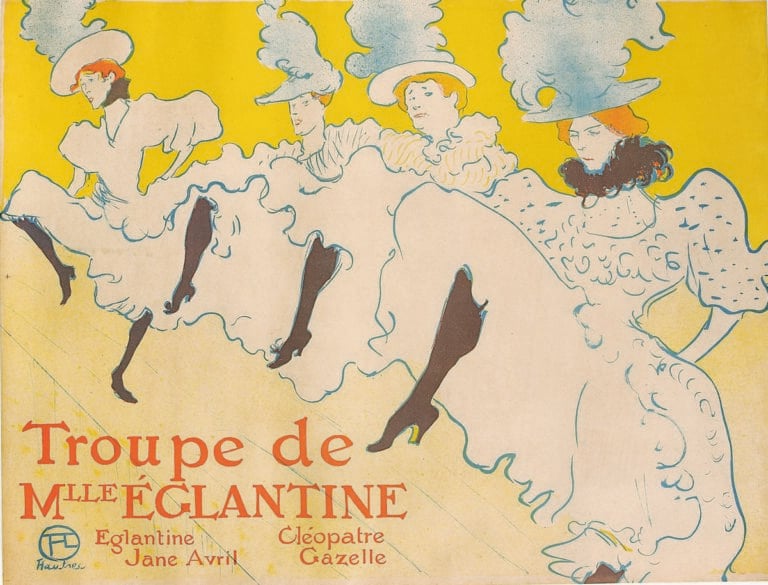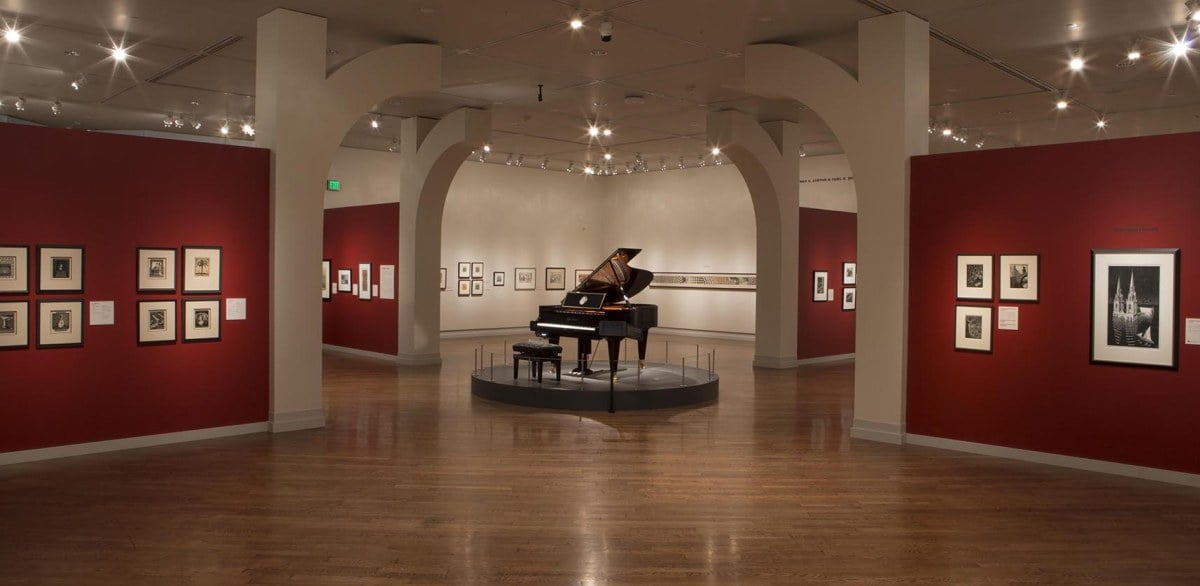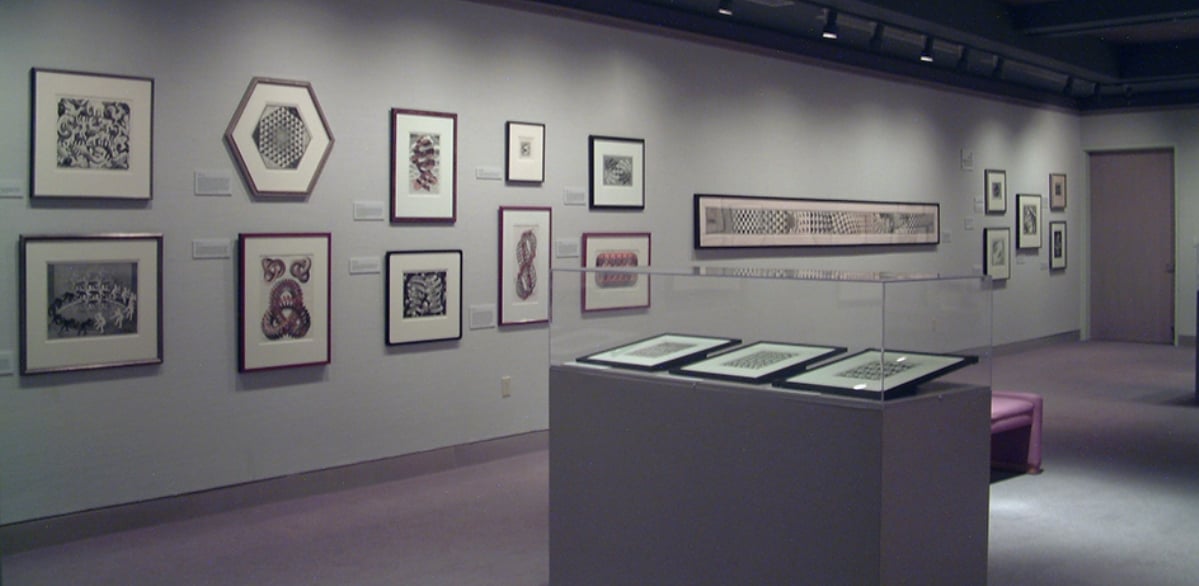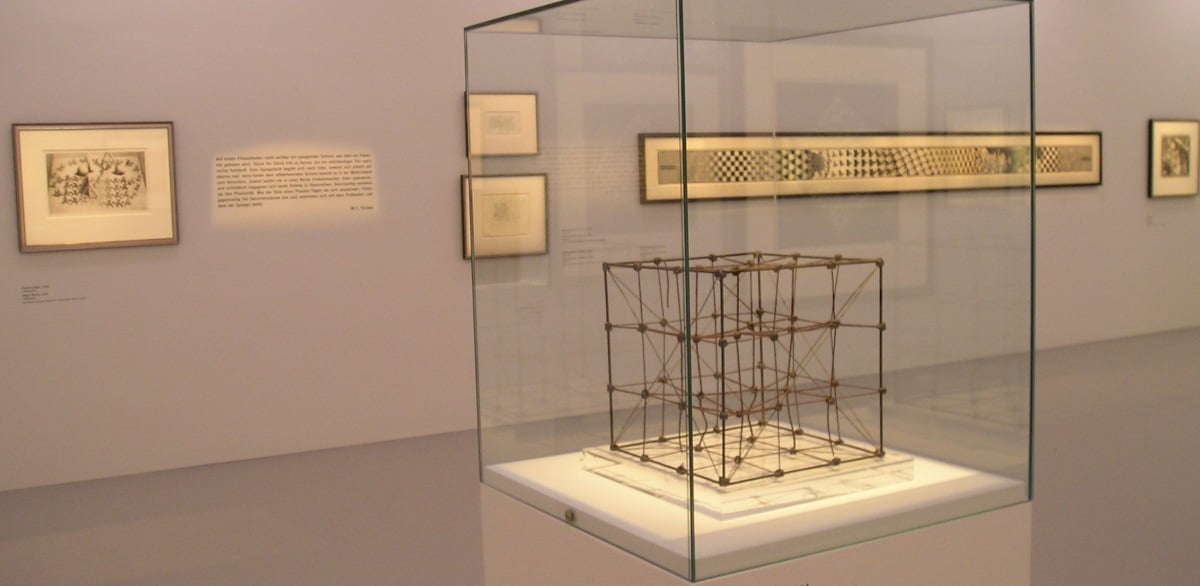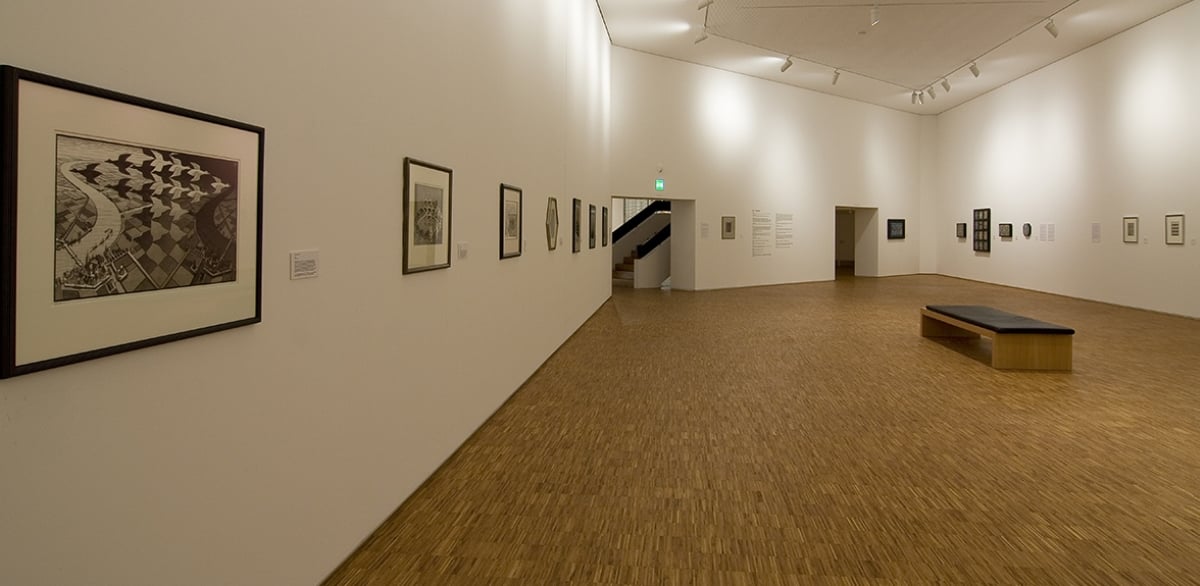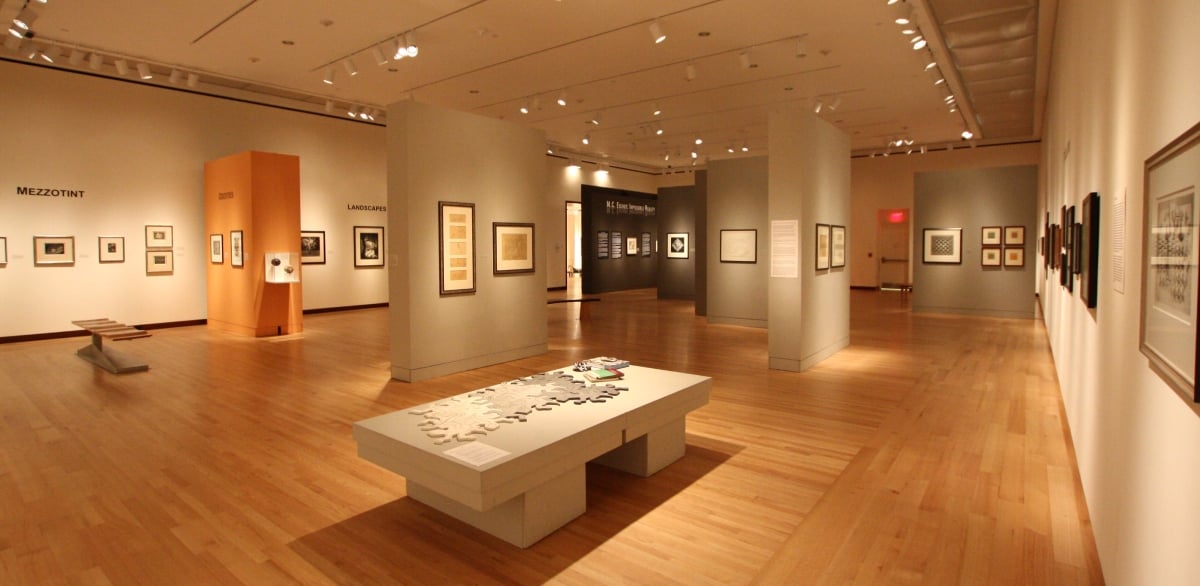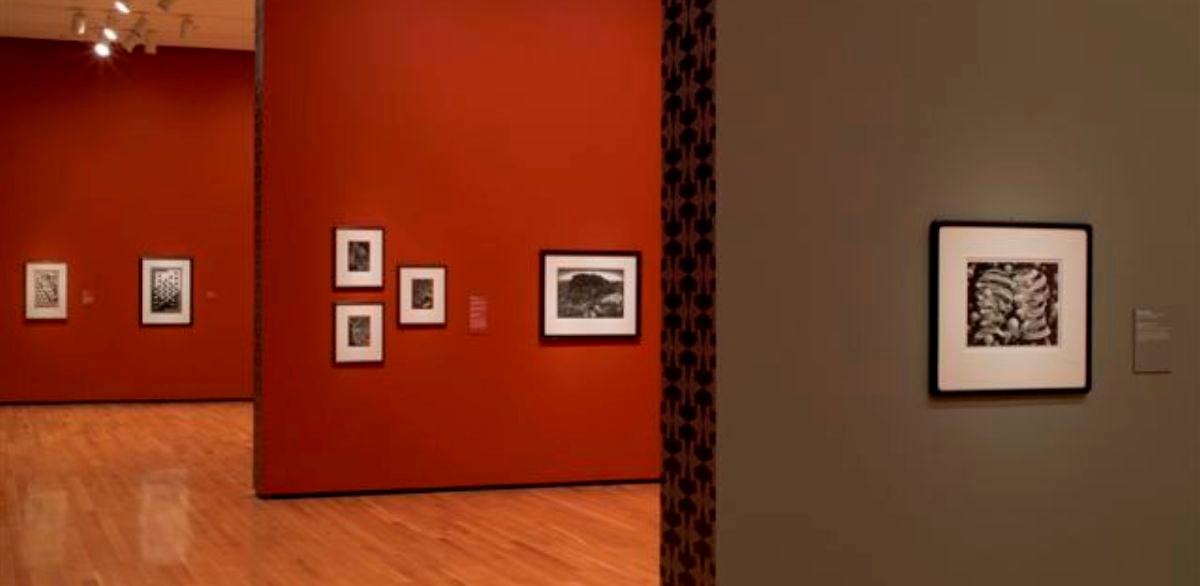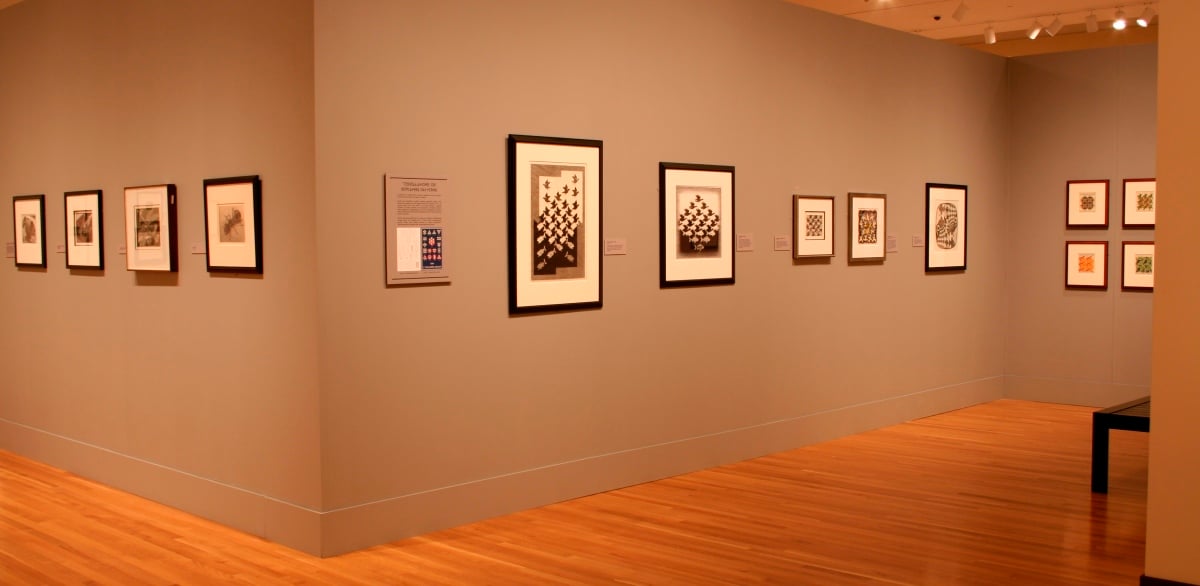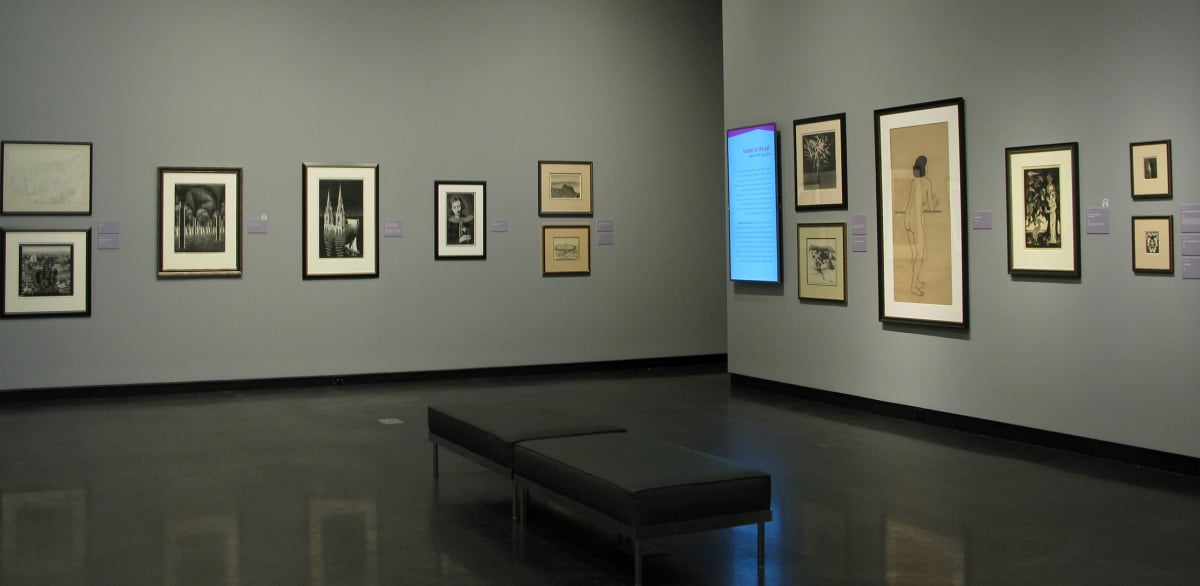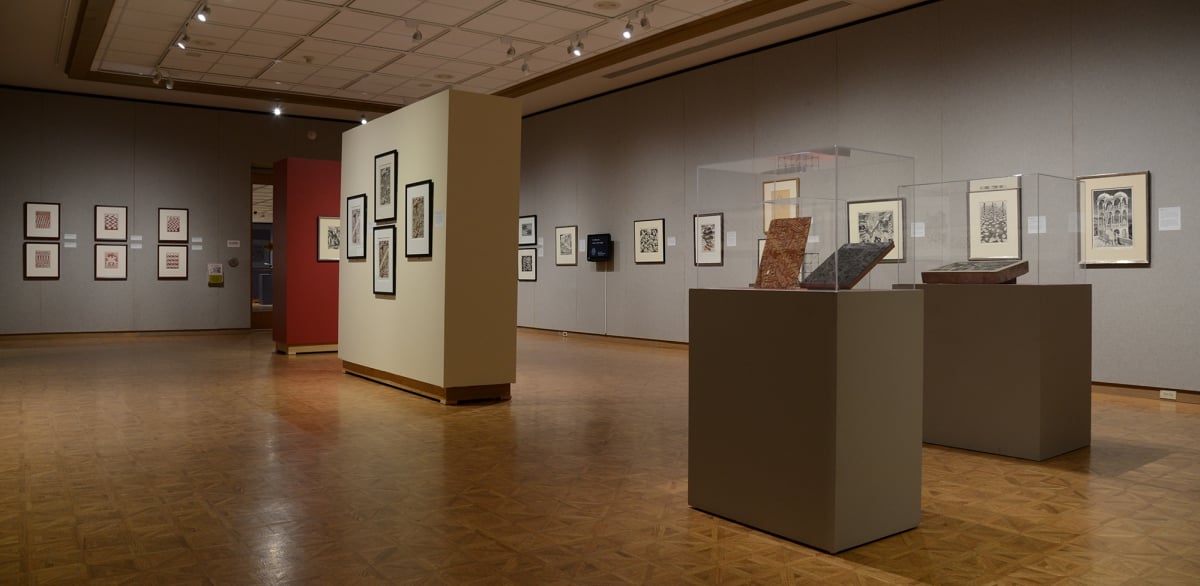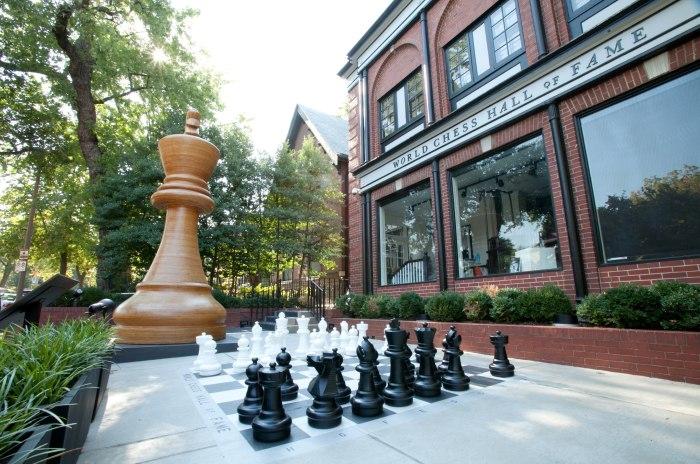M.C. Escher
M.C. Escher, in full Maurits Cornelis Escher, (born June 17, 1898, Leeuwarden, Netherlands—died March 27, 1972, Laren), Dutch graphic artist known for his detailed realistic prints that achieve bizarre optical and conceptual effects.
Maurits Cornelis Escher was the youngest of five boys and was raised by his father, George Escher, a civil engineer, and his father’s second wife, Sarah Gleichman. Maurits was a sickly and creative child drawn to music and carpentry, and, although he was influenced by his father’s engineering, he did not excel at mathematics. In fact, he failed several of his final exams and never technically completed his high-school education.
From 1919 to 1922 Escher studied at the School for Architecture and Decorative Arts in Haarlem, Netherlands, where he developed an interest in graphics and worked mainly in woodcut under the direction of his teacher Samuel Jessurun de Mesquita. He spent a number of years traveling and sketching throughout Europe, living in Italy from 1922 to 1935 and then moving to Switzerland and Belgium. In his prints and drawings from this period, Escher depicted landscapes and natural forms in a fantastic fashion by using multiple, conflicting perspectives.
Escher’s mature style emerged after 1937 in a series of prints that combined meticulous realism with enigmatic optical illusions. Working in lithograph, wood engraving, and woodcut, he portrayed with great technical virtuosity impossible architectural spaces and unexpected metamorphoses of one object into another. Sometimes referred to as the “father of modern tessellations,” Escher commonly used geometric grids to form intricate interlocking designs. His series Regular Division of the Plane (begun in 1936) is a collection of his tessellated drawings, many of which feature animals. He also explored mezzotint, a demanding and precise technique involving metal engraving, with which he produced some of his famous works in black and white, including Eye (1946), Gallery (1946), Crystal (1947), and Dewdrop (1948). In all, Escher composed some 450 lithographs, woodcuts, and wood engravings and about 2,000 drawings and sketches in his lifetime. His images were of equal interest to mathematicians, cognitive psychologists, and the general public, and they were widely reproduced throughout the 20th century.
